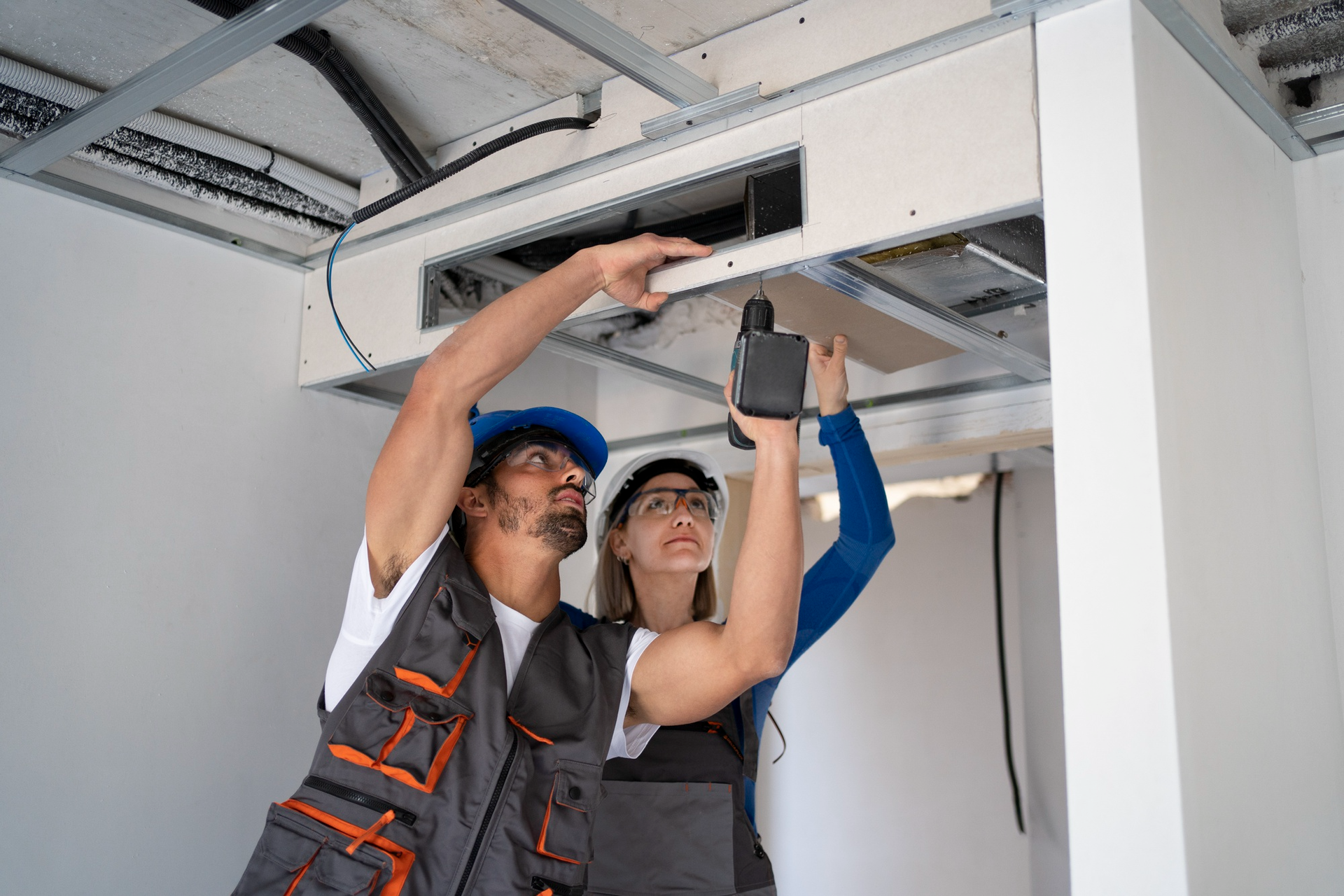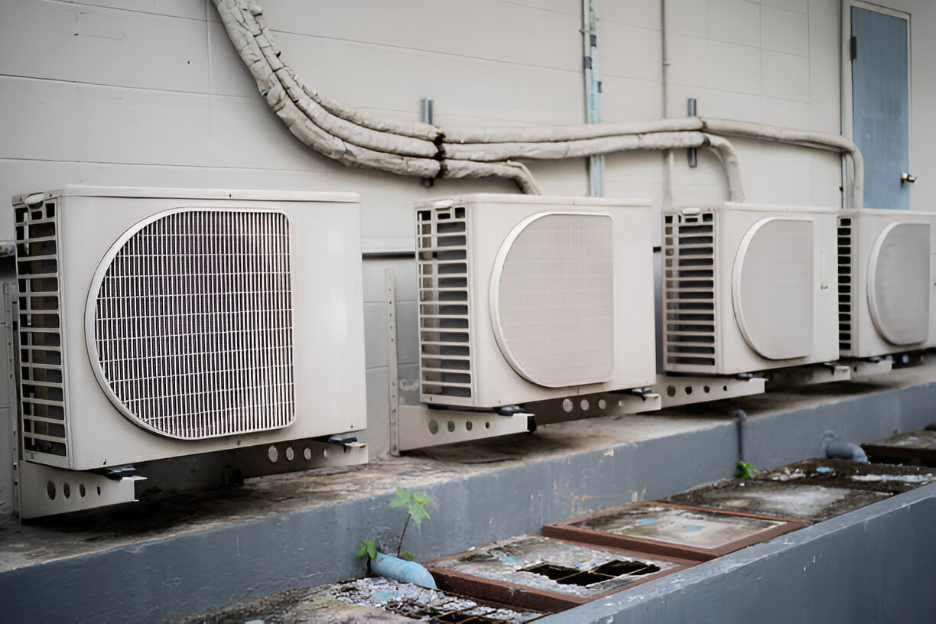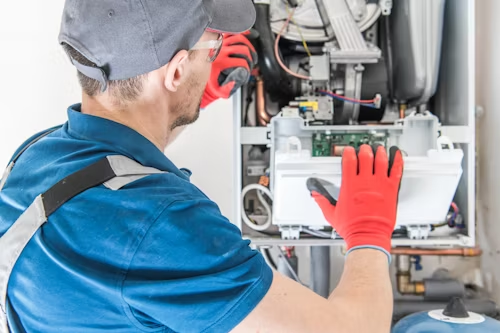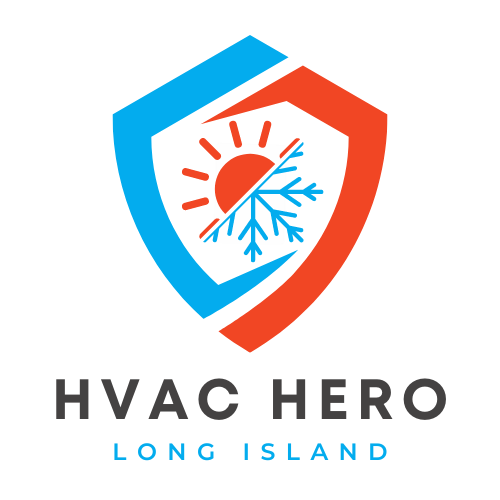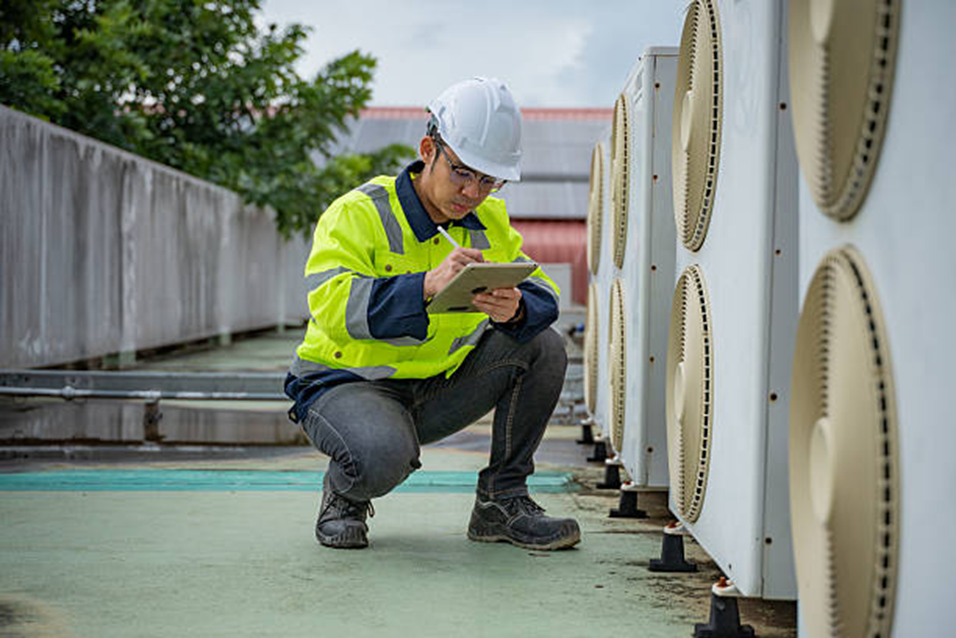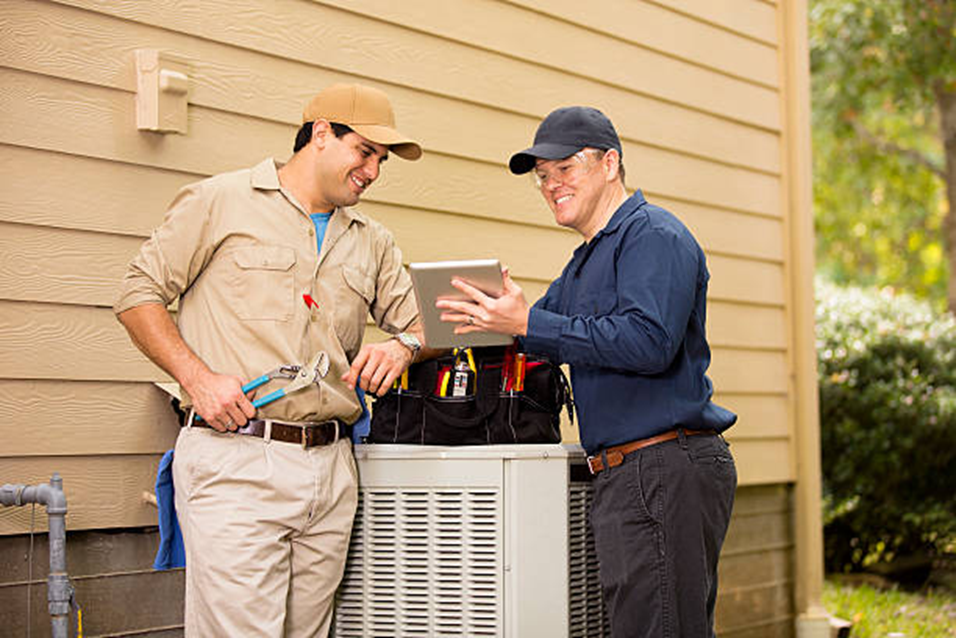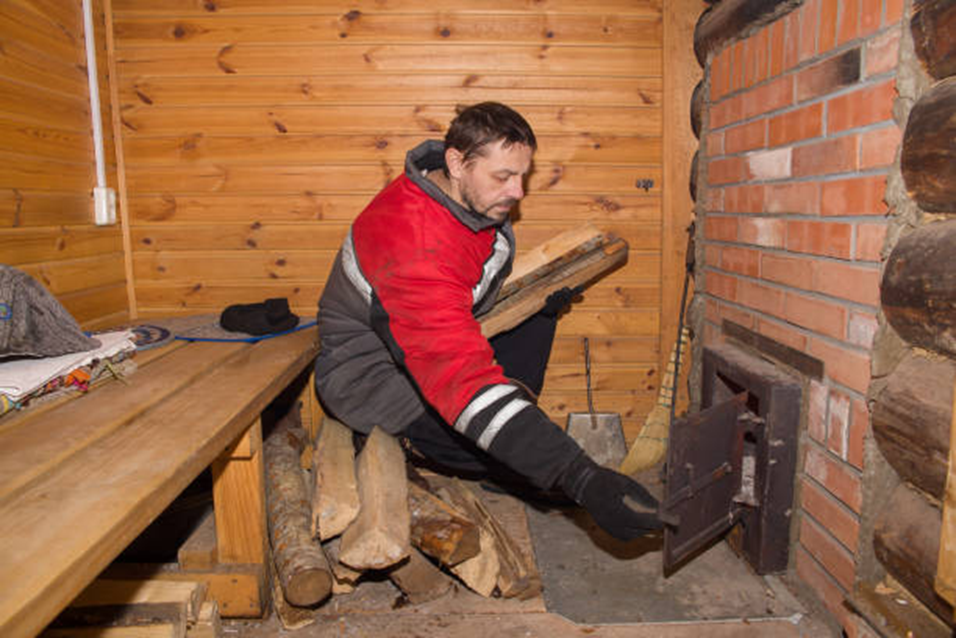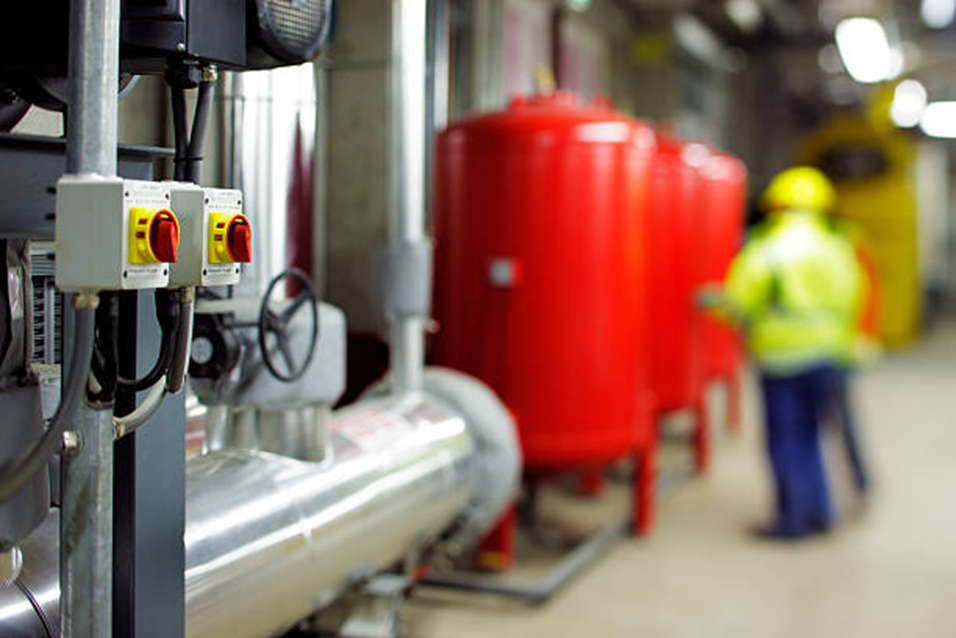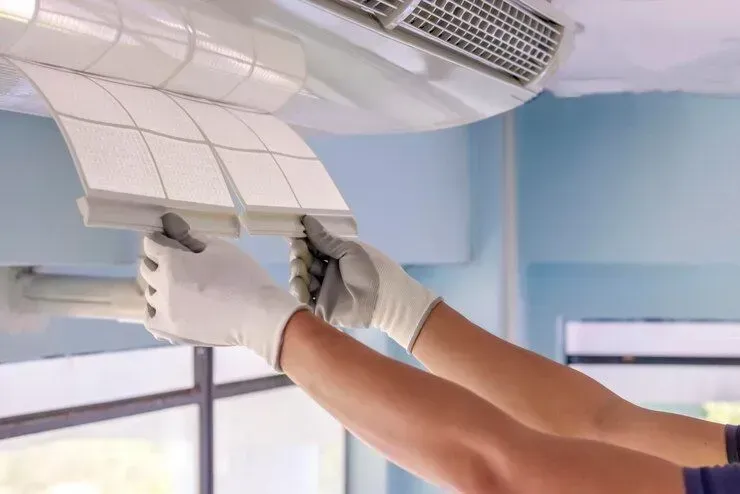How to Prepare Your AC for Long Island Summers: The Ultimate Checklist for Optimal Performance

Summer on Long Island can get hot and humid, making a reliable air conditioning system essential for home comfort. But before the temperatures soar, it’s crucial to prepare your AC to run efficiently throughout the season. Proper AC maintenance Long Island residents perform ahead of time not only ensures cool indoor air but also saves on energy costs and reduces the risk of breakdowns.
In this guide, we’ll walk you through everything you need to know about preparing your air conditioner for summer—from a comprehensive seasonal HVAC checklist to expert cooling efficiency tips. Whether you’re doing a DIY air conditioner tune-up or scheduling a professional, this blog will help your system deliver peak performance when Long Island’s heat hits.
Why AC Maintenance Matters for Long Island Summers
Long Island summers are characterized by high temperatures often paired with high humidity levels, placing extra demand on your HVAC system. An underperforming AC will struggle to keep your home comfortable, and inefficient cooling leads to higher energy bills.
Here’s why summer HVAC prep is vital:
- Prevent Breakdowns: Pre-season maintenance helps detect and fix small issues before they become costly repairs during peak usage.
- Boost Cooling Efficiency: A well-maintained AC uses less energy and cools faster, helping your home stay comfortable without wasting power.
- Extend System Lifespan: Regular tune-ups and cleaning reduce wear and tear on components.
- Improve Indoor Air Quality: Cleaning filters and ducts reduces dust, allergens, and mold growth.
When to Start Preparing Your AC
The best time to start preparing your air conditioner for the Long Island heat is in late spring, ideally in April or May. This timing ensures your system is ready to handle the rising temperatures without delays. If summer is already here, don’t worry—you can still perform or schedule essential maintenance to improve performance immediately.
The Ultimate Seasonal HVAC Checklist for Long Island Residents
Here is a detailed checklist that covers every critical step to get your AC ready for summer. This will help ensure your air conditioner functions optimally and efficiently all season long.
1. Inspect and Replace Air Filters
Dirty filters restrict airflow, causing your AC to work harder and cool less effectively.
- Frequency: Replace or clean air filters every 30-60 days during heavy use.
- Tip: Use high-quality filters rated for your system and indoor air quality needs.
2. Clean the Condenser Unit (Outdoor Unit)
The outdoor condenser unit can get clogged with leaves, dirt, and debris, reducing heat transfer and efficiency.
- Steps:
- Turn off power to the unit.
- Clear leaves and debris around the condenser.
- Use a garden hose to gently wash the fins and coils (avoid high pressure).
- Straighten bent fins carefully with a fin comb.
3. Check Refrigerant Levels and Lines
Low refrigerant means your system can’t cool properly. Refrigerant leaks should be fixed by a professional.
- Pro tip: Have an HVAC technician check refrigerant levels and inspect the lines for leaks during an air conditioner tune-up.
4. Inspect and Clean Evaporator Coil
The indoor evaporator coil absorbs heat from inside your home. Dust and grime buildup reduce its effectiveness.
- Note: Cleaning the evaporator coil typically requires professional service, as it involves opening the indoor air handler.
5. Test the Thermostat and Calibration
Your thermostat controls the AC system, so it needs to function correctly.
- Tip: Upgrade to a programmable or smart thermostat to improve energy savings.
- Test: Ensure it accurately reads room temperature and cycles the AC properly.
6. Examine Electrical Components and Connections
Worn or loose electrical connections can cause failures or unsafe operation.
- Checklist:
- Inspect wiring and terminals.
- Tighten connections.
- Test capacitors and contactors.
This is generally done during a professional tune-up.
7. Clear the Drain Line
AC units produce condensation that drains outside. A clogged drain line can cause water damage or mold.
- DIY: Flush the drain line with a mixture of bleach and water or use a wet/dry vacuum to clear blockages.
8. Check and Lubricate Moving Parts
Fans and motors inside the AC need to move freely to work efficiently.
- Tip: Lubricate motors and fan bearings as recommended by the manufacturer to reduce friction and noise.
9. Seal Ductwork Leaks
Leaky ducts reduce cooling efficiency by allowing cooled air to escape.
- How: Inspect visible ducts and seal gaps with duct mastic or metal tape (not regular duct tape).
- Professional option: Consider a duct leakage test and sealing service.
10. Review Insulation and Window Seals
Good insulation and properly sealed windows keep cool air inside.
- Check: Inspect attic insulation, window weather stripping, and door seals.
Upgrade: Use window films or shades to reduce solar heat gain.
Additional Cooling Efficiency Tips for Long Island Homes
Beyond the checklist, some simple lifestyle and system upgrades can keep your home cooler and energy bills lower:
- Use Ceiling Fans: Fans circulate air and create a cooling breeze, allowing you to raise your thermostat a few degrees without losing comfort.
- Schedule Maintenance Annually: Regular professional tune-ups catch problems early and ensure the system runs at peak efficiency.
- Install a Zoned
HVAC System: Zoned systems allow you to cool only occupied areas, reducing wasted energy.
- Consider Upgrading Older Units: If your AC is over 10-15 years old, newer ENERGY STAR-rated models provide better efficiency and reliability.
- Use Smart Thermostats: Automate temperature adjustments based on your schedule to avoid cooling empty rooms.
- Close Curtains During Peak Sun: Blocking direct sunlight reduces indoor temperatures and AC workload.
When to Call a Professional for AC Maintenance in Long Island
While many tasks on this checklist can be handled by savvy homeowners, some require trained HVAC technicians:
- Refrigerant level checks and recharging
- Electrical component inspections and repairs
- Deep coil cleaning
- Major ductwork sealing or replacement
- Diagnosing strange noises or frequent cycling
Hiring a certified professional ensures safety, precision, and warranty compliance. Long Island has many reputable HVAC companies offering annual air conditioner tune-up services and emergency repairs.
Common Signs Your AC Needs Maintenance or Repair
Keep an eye out for these warning signs that your AC may need immediate attention:
- Weak airflow from vents
- Unusual noises like grinding or squealing
- Warm or inconsistent cooling
- Water pooling around the indoor unit
- Rising energy bills without increased usage
- Frequent cycling on and off
Addressing these early with proper maintenance can prevent system failures during Long Island’s hottest months.
Final Thoughts
Proper AC maintenance Long Island homeowners do today pays off with cool, comfortable homes and lower energy bills all summer long. Whether you follow this checklist yourself or hire a pro, early preparation can make the difference between relaxing indoors or sweating through heat waves.
Ready to get started? Grab your tools or call your local HVAC expert and make this summer your most comfortable yet.
FAQs: How to Prepare Your AC for Long Island Summers
How often should I get an air conditioner tune-up in Long Island?
It’s best to schedule a professional AC tune-up once a year, ideally in the spring before summer starts, to ensure optimal performance and catch any potential issues early.
Can I do AC maintenance myself, or should I hire a professional?
Many tasks like changing filters and cleaning the outdoor unit can be done by homeowners. However, refrigerant checks, coil cleaning, and electrical inspections should be performed by licensed HVAC professionals for safety and accuracy.
What are the signs that my AC needs maintenance or repair?
Common signs include weak airflow, strange noises, inconsistent cooling, water leaks around the unit, and rising energy bills. Prompt maintenance can prevent costly breakdowns.
How does regular AC maintenance improve cooling efficiency?
Maintenance ensures clean filters and coils, proper refrigerant levels, and leak-free ductwork, which allow the system to cool your home effectively while using less energy.
When is the best time to prepare my AC for Long Island summers?
Late spring (April or May) is the ideal time to prepare your air conditioner, so it’s ready before temperatures climb.
How can I improve my home’s cooling efficiency besides maintaining my AC?
Use ceiling fans, seal windows and ducts, install programmable thermostats, and block sunlight with curtains or window films to reduce cooling loads.
